With people spending much more time at home, social sports cancelled and gyms closed, we thought we would help you still get your exercise in, with a bunch of exercises you can do at home using simple items you’re almost guaranteed to have around the house! Introducing our Everyday Exercise series!
Part one: Socks
Gym closed? Can’t get hold of weights for a workout because everyone sold out weeks ago? Never fear, you can get a pretty solid workout with just a pair of socks on your polished wood floor or tiles. Check out these 12 exercises to get your body working! You can follow the video, and there are written descriptions below to assist.
1. Mountain Climbers
In a long plank position, slide your knees towards your chest, alternating legs.
2. Knee Tuck
In a long plank position, slide both knees together towards your chest and back out.
3. Cross Mountain Climber
From a long plank position, slide one knee in towards your opposite shoulder, alternating legs.
4. Plank Jack
In a long plank position slide your legs out and in again with straight legs.
5. Pike
From a long plank position, keep your legs straight and slide them in towards your hands, lifting your hips up towards the ceiling.
6. Arm Slides
On your hands and knees or plank position, alternately slide one arm forwards as far as you can. Let your chest drop but keep your support elbow straight. Lift your chest again pushing your support arm into the floor as you return.
7. Arm Circles
On your hands and knees or plank position, alternately slide one arm forwards as far as you can, letting your chest drop but keep your support elbow straight. Then circle the hand out to the side before returning to the middle as you lift your chest again pushing your support arm into the floor.
8. Thread the Needle
On your hands and knees or plank position, slide one arm underneath the other reaching through to the other side letting your upper body twist.
9.Hamstring Slideouts
On your back, knees bent up and feet on the floor. Lift your hips up into a bridge then slide both feet out as straight as you can get while keeping your hips lifted off the ground. Lower your hips to bring your meet back to start again.
10. Scooter
Standing with your weight on one leg in a mini squat, slide the other foot back keeping the stance knee pointing straight forward and your hips square.
11. Curtesy Lunge
Slide one leg across behind the other while lunging with the front leg. Alternate sides.
12. Side Lunge
Stand with your weight on one leg in a mini squat. Repetitively slide the other out to the side and back in again. Keep the stance knee pointing straight ahead.
If you’d like a personalised home exercise program, please call or book online to see one of our physiotherapists.
This post was written by Allyson Flanagan, Physiotherapist and Clinical Pilates Instructor at Stafford Physiotherapy and Pilates.

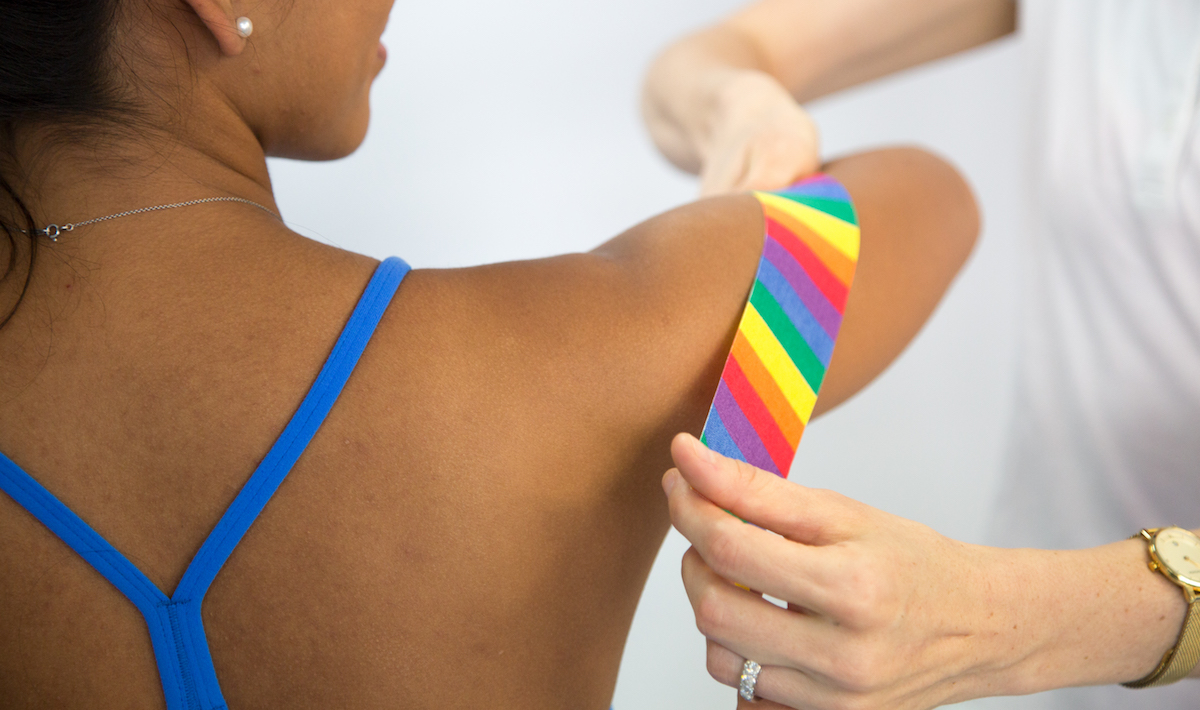
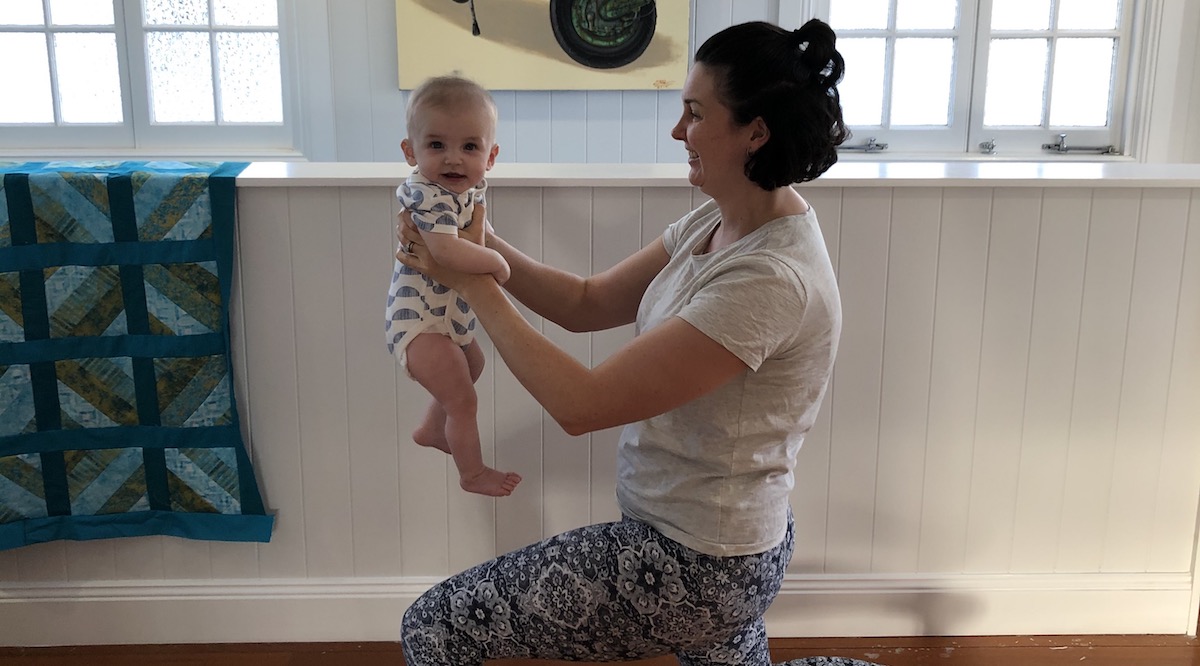
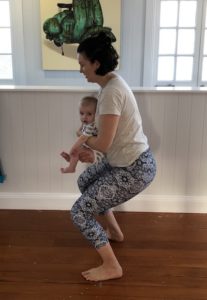 Squats
Squats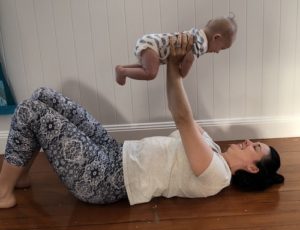
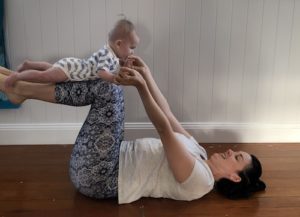 Tabletop Legs
Tabletop Legs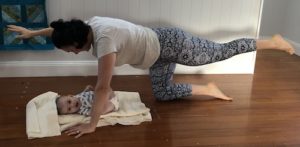
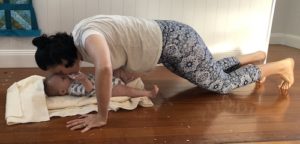
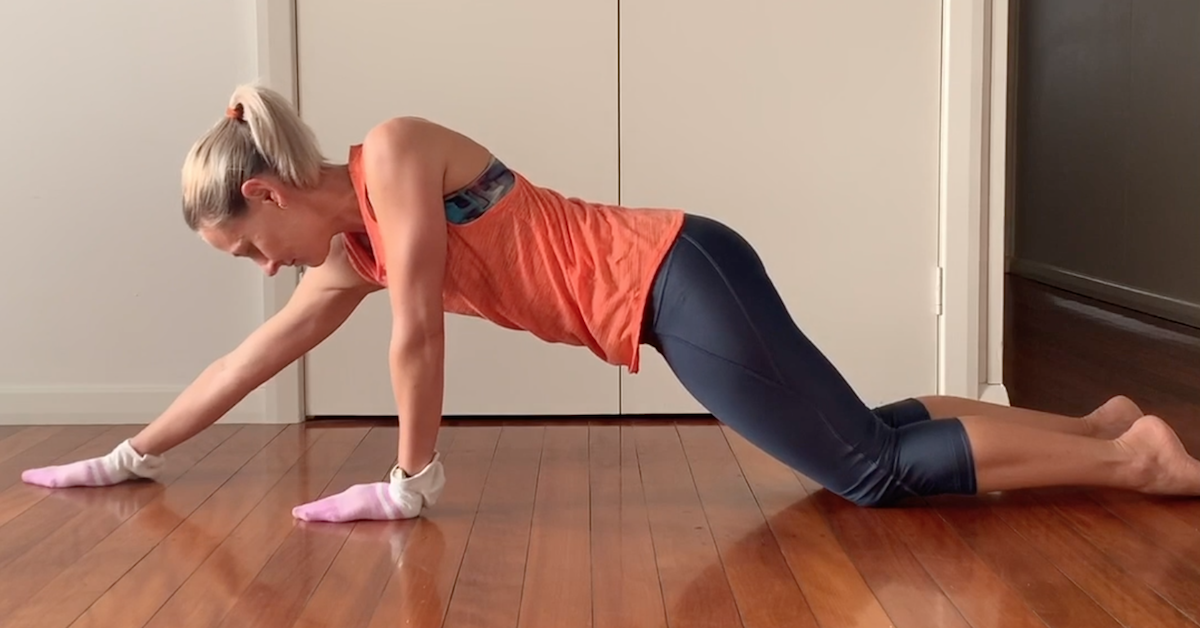
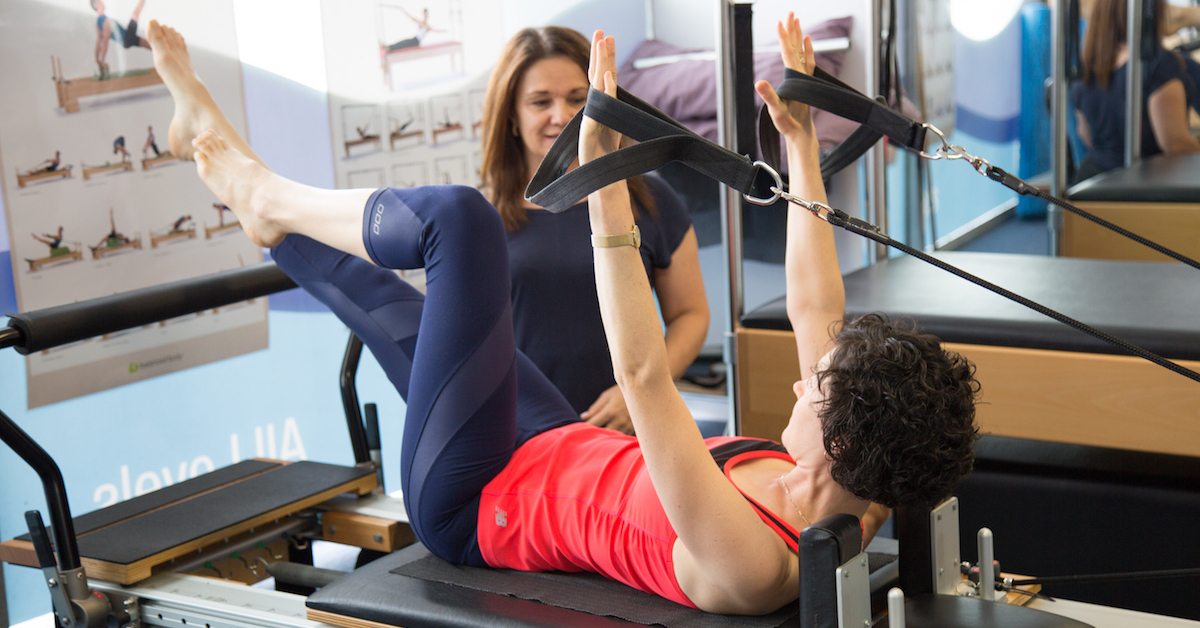
 PHYSIOTHERAPY APPOINTMENTS
PHYSIOTHERAPY APPOINTMENTS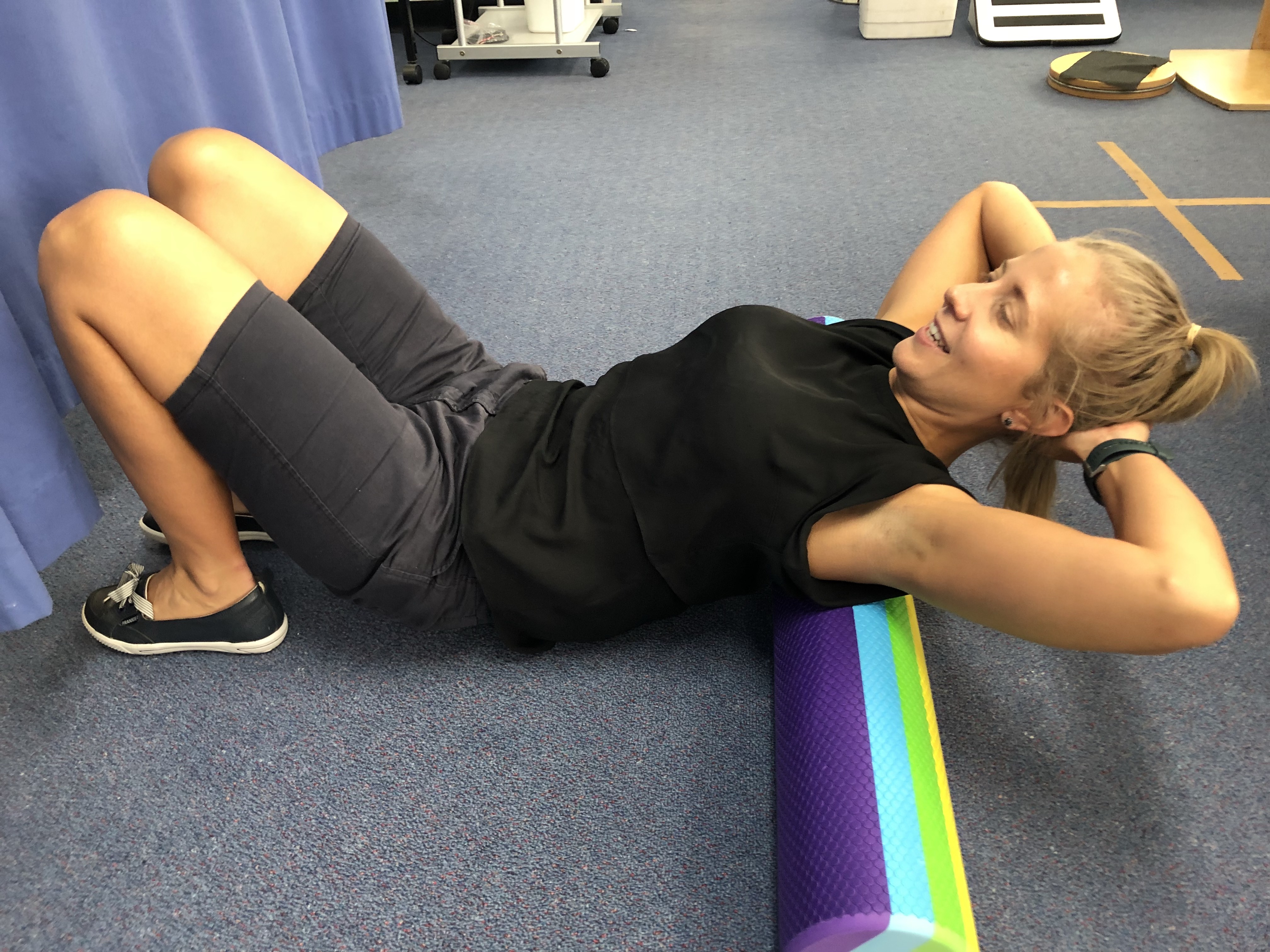
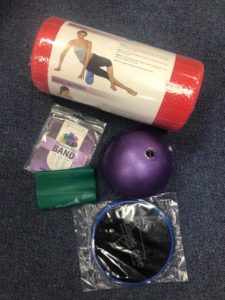 Do you want to exercise at home and need some equipment? We have full (long) rollers, short rollers, exercise balls, chi balls, sliders, exercise resistance bands (plus handles if needed), hand stress balls and exercise DVDs. We sell these!
Do you want to exercise at home and need some equipment? We have full (long) rollers, short rollers, exercise balls, chi balls, sliders, exercise resistance bands (plus handles if needed), hand stress balls and exercise DVDs. We sell these!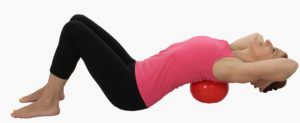
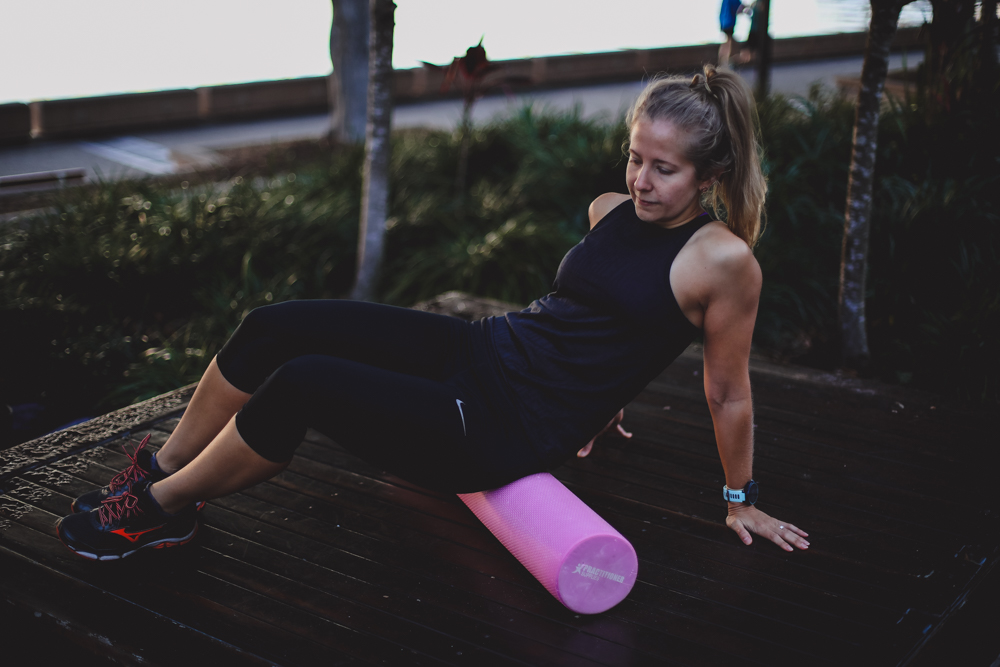
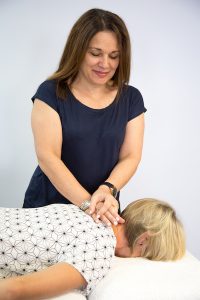
 HOW CAN YOU PROTECT YOURSELF?
HOW CAN YOU PROTECT YOURSELF?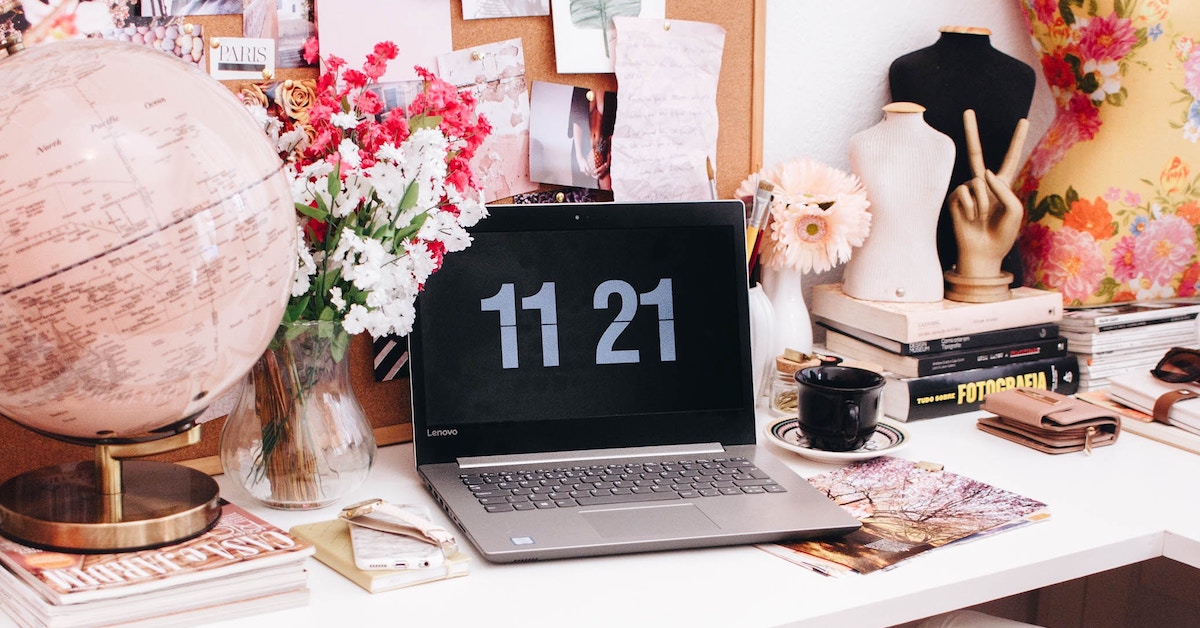
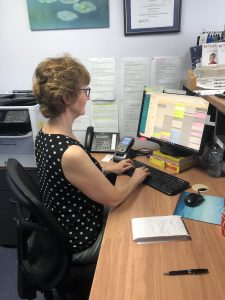 Computer
Computer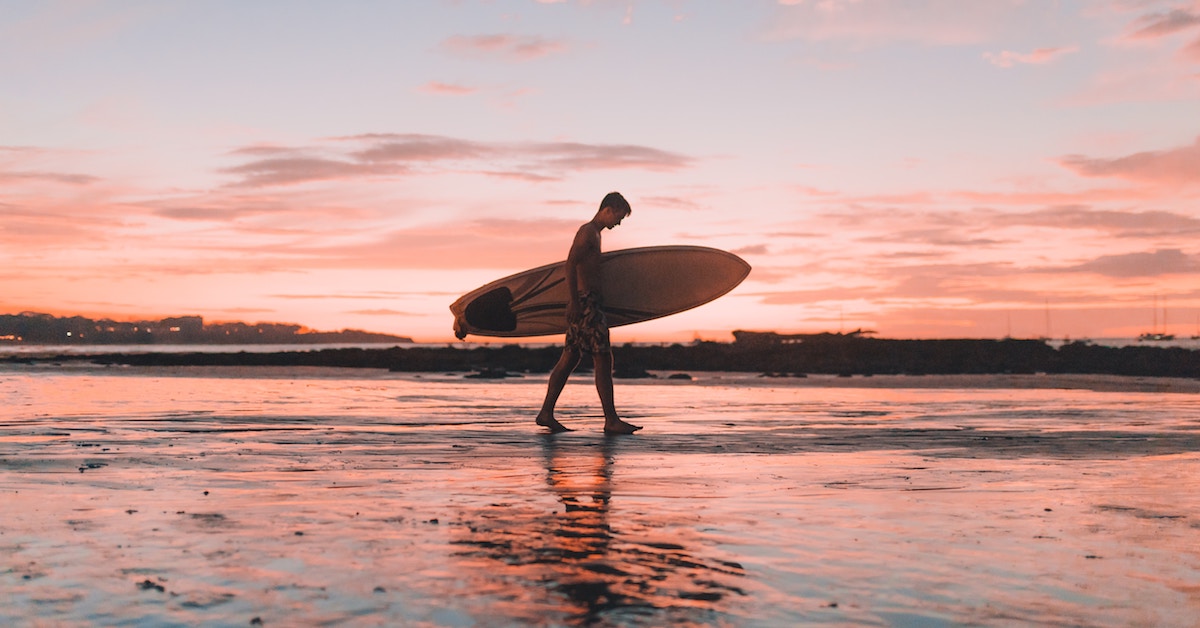

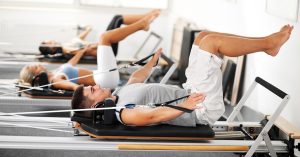
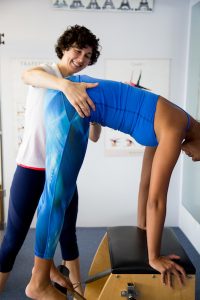 This package is designed for new
This package is designed for new 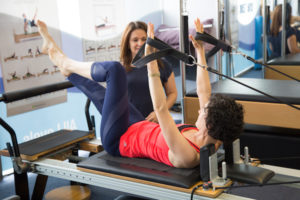 This package is designed for patients who have done Pilates or physiotherapy exercise sessions with us previously and would like to return. Perhaps you got busy, were on a budget or decided to try another type of exercise; there’s no judgement here and we’d love to see you back in the studio! This package includes:
This package is designed for patients who have done Pilates or physiotherapy exercise sessions with us previously and would like to return. Perhaps you got busy, were on a budget or decided to try another type of exercise; there’s no judgement here and we’d love to see you back in the studio! This package includes: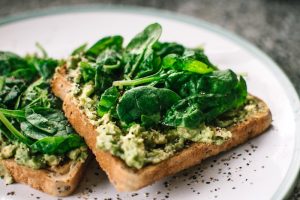 Your one-on-one consultation with our consulting dietitian
Your one-on-one consultation with our consulting dietitian